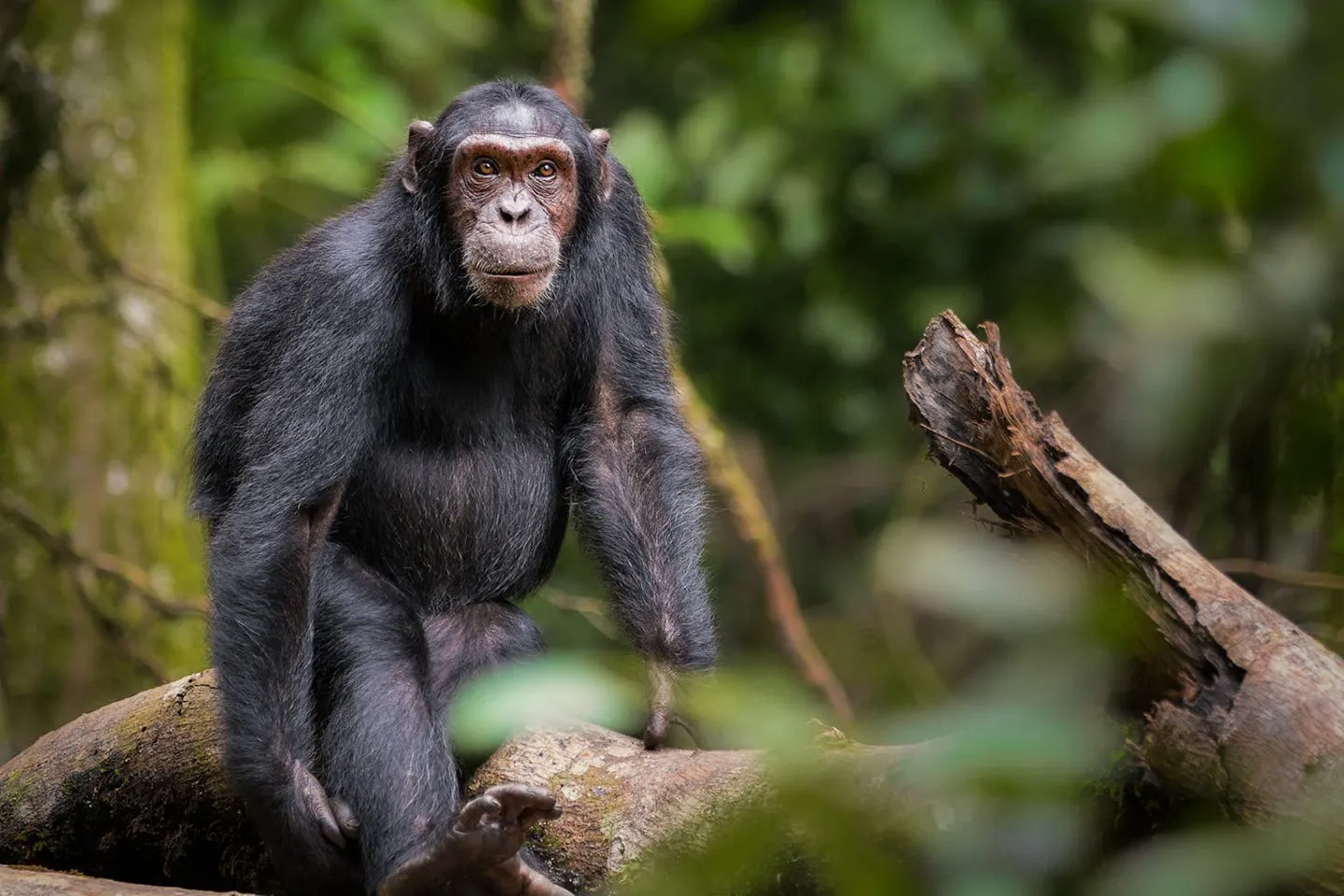Exploring the Breathtaking Biodiversity of Budongo Forest Reserve in Uganda
Nestled in the heart of Uganda, the Budongo Forest Reserve stands as a testament to the country’s rich biodiversity and commitment to conservation. Covering an extensive area of approximately 793 square kilometers, Budongo Forest is a critical part of the greater Murchison Falls National Park. This lush and ancient forest is renowned for its diverse flora and fauna, making it a paradise for nature enthusiasts, researchers, and tourists alike.
Location and Geography.
Budongo Forest Reserve is situated in the northwestern part of Uganda, within the Albertine Rift Valley. It spans across the districts of Masindi, Hoima, and Kiryandongo. The reserve is part of the larger Murchison Falls Conservation Area, renowned for its stunning landscapes and unique biodiversity.
The topography of Budongo is characterized by undulating hills, deep valleys, and meandering streams. The forest’s altitude ranges from 1,100 to 1,500 meters above sea level, creating a diverse range of microhabitats that contribute to its exceptional biodiversity.
Flora – Budongo Forest Reserve Biodiversity.
Tree Species:
Budongo Forest boasts an impressive array of tree species, contributing to its designation as a tropical high forest. Majestic mahogany trees (Khaya anthotheca), ironwood trees (Cynometra alexandri), and various species of fig trees dominate the canopy, creating a verdant and picturesque landscape.
Understory Plants:
The forest floor is adorned with a rich understory, featuring ferns, orchids, and a variety of flowering plants. This multi-layered ecosystem provides essential habitat and sustenance for numerous wildlife species.
Fauna – Budongo Forest Reserve Biodiversity.
Primates:
Budongo Forest is renowned for its diverse primate population. Chimpanzees (Pan troglodytes schweinfurthii) are the star attractions, with approximately 800 individuals residing in the reserve. Other primates include olive baboons, red-tailed monkeys, and black-and-white colobus monkeys.
Birds:
A haven for birdwatchers, Budongo Forest is home to over 360 bird species. The majestic Great Blue Turaco, the African Grey Parrot, and the White-thighed Hornbill are just a few of the avian treasures that grace the forest canopy. Ornithologists and casual birdwatchers alike will find plenty to marvel at in this avian paradise.
Mammals: – Budongo Forest Reserve Biodiversity
Beyond primates, the forest shelters an array of mammals. Forest elephants occasionally roam the area, while duikers, bushbucks, and various species of squirrels and rodents contribute to the mammalian tapestry of Budongo.
Reptiles and Amphibians:
The forest’s streams and wetlands provide a habitat for a variety of reptiles and amphibians. Colorful frogs, elusive snakes, and lizards add to the ecological richness of Budongo.
Insects:
Insect enthusiasts will find a wealth of diversity, from striking butterflies to industrious ants. The intricate relationships between insects and the forest’s ecosystem contribute to its delicate balance.
Conservation Challenges and Efforts.
While Budongo Forest is a treasure trove of biodiversity, it faces challenges such as habitat loss, poaching, and climate change. Conservation organizations, local communities, and the Ugandan government are working collaboratively to address these issues through initiatives like community-based conservation, sustainable tourism, and reforestation efforts.
Tourism and Research Opportunities.
Budongo Forest offers a unique blend of ecotourism and research opportunities. Guided nature walks, chimp tracking excursions, and birdwatching tours provide visitors with a chance to experience the forest’s wonders responsibly. Researchers flock to the reserve to study primate behavior, biodiversity, and the ecological dynamics that make Budongo a living laboratory.
Conclusion – Budongo Forest Reserve Biodiversity.
Budongo Forest Reserve stands as a shining example of Uganda’s commitment to preserving its natural heritage. Its breathtaking landscapes, diverse wildlife, and ongoing conservation efforts make it a must-visit destination for those passionate about biodiversity and sustainable tourism. As we continue to unlock the mysteries of this ancient forest, the hope is that future generations will inherit a Budongo that is as vibrant and awe-inspiring as it is today.








